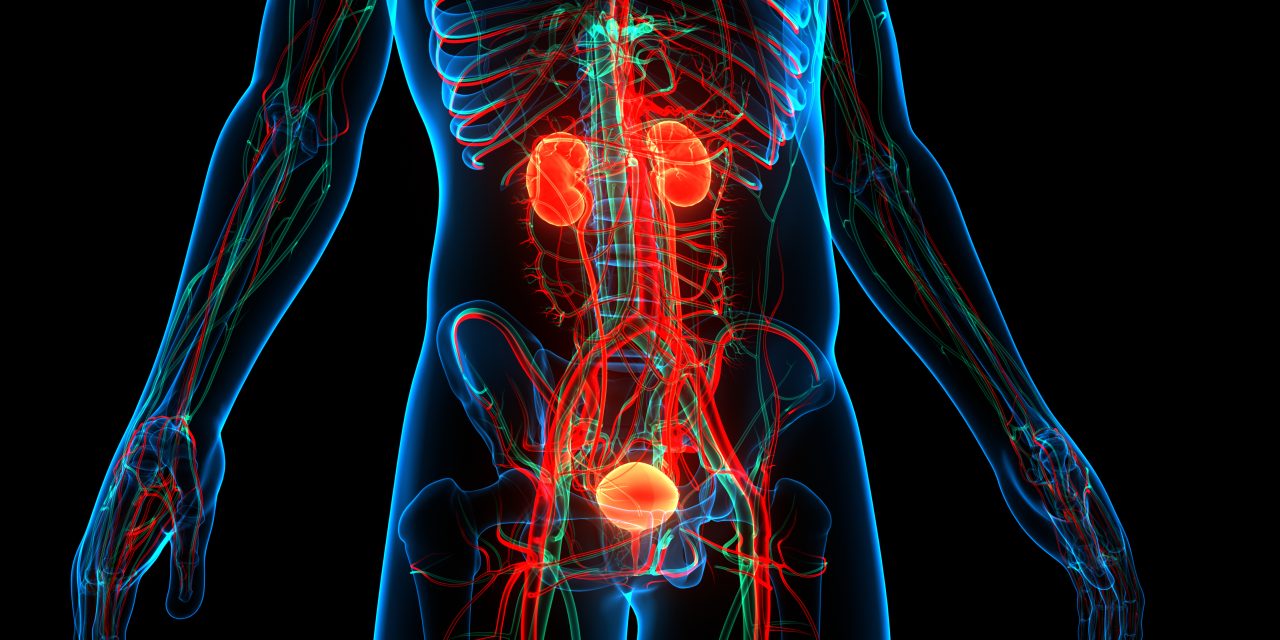The aim of this review is to assess current practice designs in the administration and screening of cryptorchidism among pediatric urologists and contrast them with the 2014 AUA (American Urological Association) rules on cryptorchidism.
A 14-question study was dispersed to individuals from the SPU (Society for Pediatric Urology) to survey their present practice designs. There were 187 reactions (38.4% reaction rate) with a prominent bimodal conveyance in respondent practice years, with 39.3% practically speaking for a very long time or less and 41.4% by and by for over 20 years. Notwithstanding rule proposals against the utilization of ultrasound, most of respondents will utilize it in instances of heftiness or respective nonpalpable testicles (more prominent than half). In the assessment for two-sided nonpalpable testicles most respondents (more prominent than 80%) play out an endocrine workup. All things considered, 55.1% will continue with careful investigation regardless of whether the workup demonstrates nonattendance of testicular tissue. Subgroup investigation uncovered those by and by for a very long time or less versus more noteworthy than 20 years were bound to perform 2-stage Fowler-Stephens in instances of short vessels (80.8% versus 58.1%) and to perform transscrotal orchiopexy in cases agreeable to that approach. In the event that assessment under sedation uncovers the gonad in the scrotum, 46.5% actually perform orchiopexy, referring to concerns the gonad will climb or parental worries about the conclusion. In light of the reactions some conflict exists between training examples and rule proposals.
Reference link- https://www.sciencedirect.com/science/article/abs/pii/S2352077916302242


